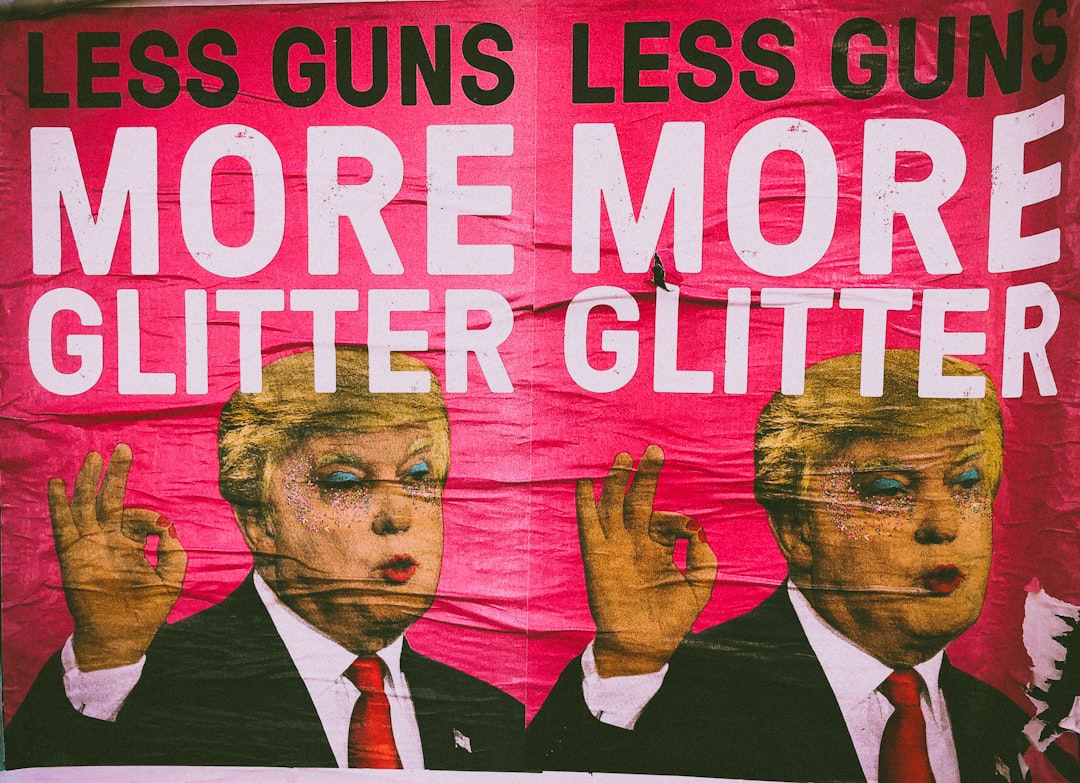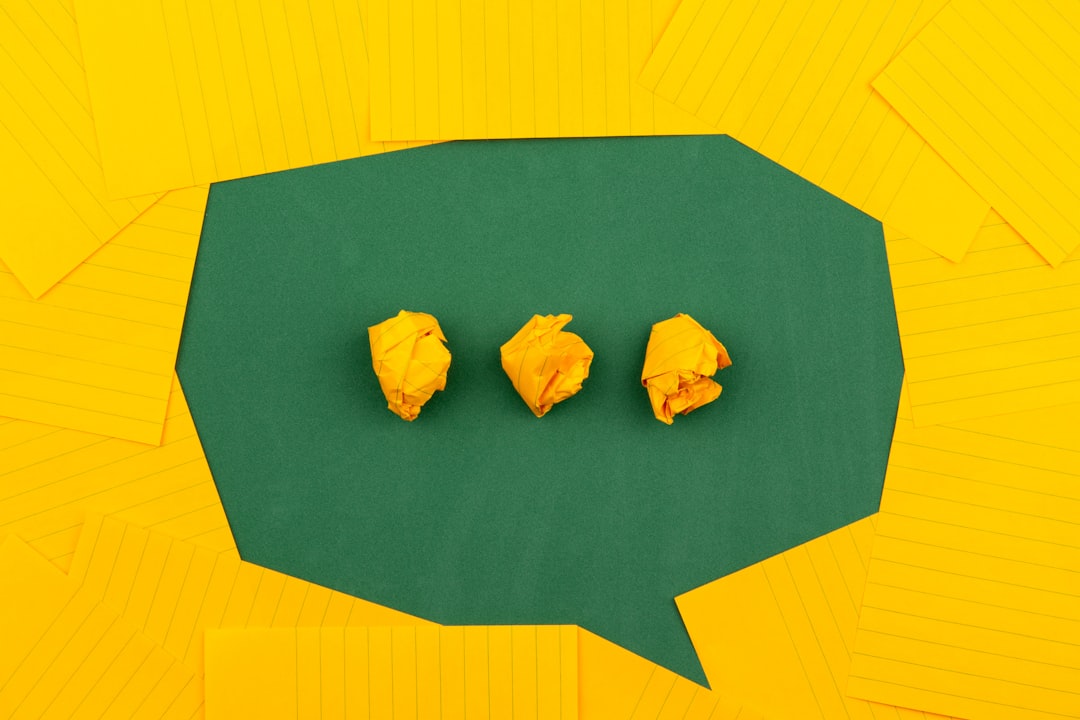What is it about?
This study helps to make sense of the resistance unfolding in response to the Crimean annexation by Russia that took place in March 2014. It shows that protest in the annexed Crimea did not just presume ‘a protesting subject’ going out on the streets and proclaiming disagreement. Rather, these were the national flags and other material objects, the ‘symbolics’, that fought in the cold war. Combinations of blue and yellow national colours, but also forms and fabrics of quotidian objects, such as key chains, bag packs, head wreaths, pens and celebratory balloons were charged with transgressive power as they indexed affiliations with the Ukrainian state. These objects were used to resist the Russian annexation and to reclaim the status of Crimea as a Ukrainian territory.
Featured Image

Photo by Marjan Blan | @marjanblan on Unsplash
Why is it important?
Even after the Russian power grip on the peninsula had intensified, people continued to fight for Ukrainian Crimea by utilising 'the little light for freedom' they had. As the study shows, the small-scale acts of protest could disturb the imposed orders and underlying structures of competing nation-states. Acts of resistance could cause friction. In this state of flux, the synergies of individuals and objects visualised and brought to the surface otherwise 'invisible and taken-for-granted' normativities (Cresswell & Martin, 2012:525; also, Stroud, 2015a). Things, people, languages and places could become part of this turbulent ontology along which the orders and disorders of the Crimean space were unfolding.
Read the Original
This page is a summary of: Manoeuvres of dissent in landscapes of annexation, Linguistic Landscape An international journal, December 2022, John Benjamins,
DOI: 10.1075/ll.22012.vol.
You can read the full text:
Contributors
The following have contributed to this page










